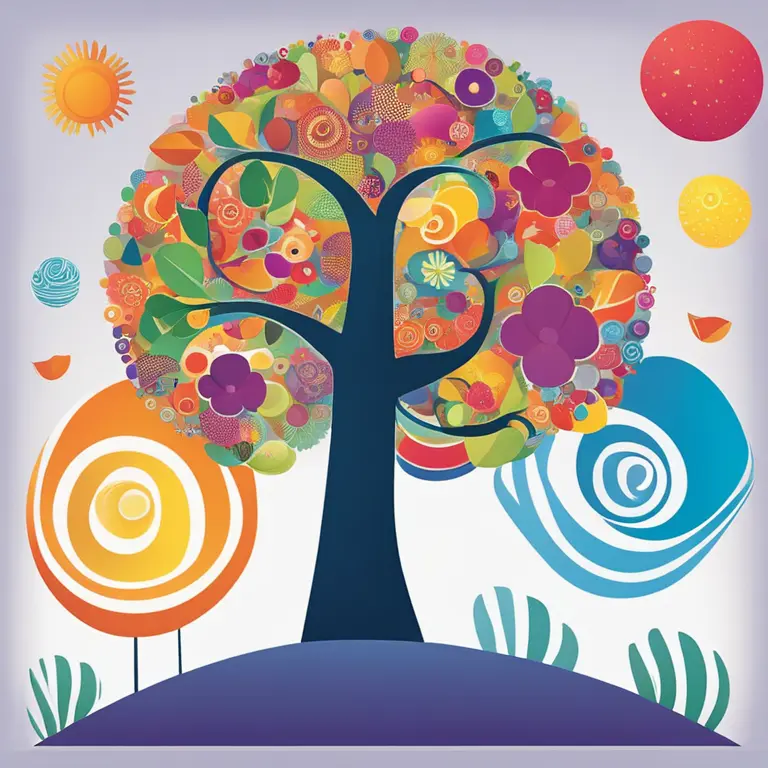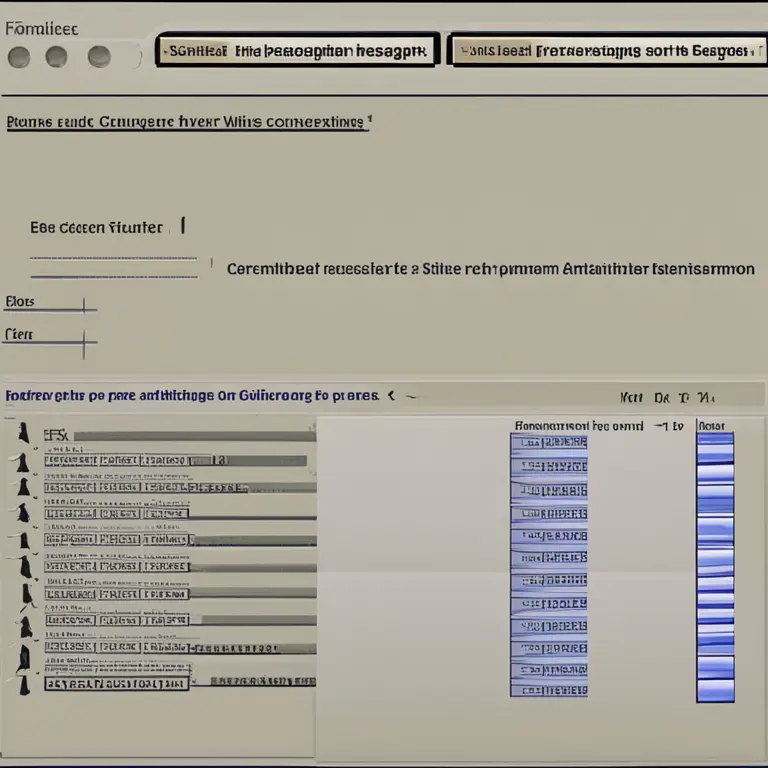
Calming Minds: Mindfulness for Third Graders
Discover how mindfulness meditation can benefit third graders, fostering calmness, focus, and emotional regulation in young students.
article by Hina Kurosawa
Introduction to Mindfulness for Kids
Mindfulness has long been practiced to enhance calm and focus, and recently, its benefits have been recognized in younger audiences, including third graders. Mindfulness meditation involves being fully present in the moment, aware of our thoughts and feelings without judgement. Introducing mindfulness to children at an early age can help them develop essential skills for emotional regulation and concentration—skills that are increasingly valuable in our fast-paced, digital world. This practice can also align naturally with the playful and curious nature of third graders, making it an enjoyable and beneficial activity.

Benefits of Mindfulness in Education
Incorporating mindfulness meditation into the classroom has shown to have significant benefits. For 8 to 9-year-old students, it can enhance their attention, reduce stress, and promote kindness towards themselves and others. Mindfulness practices have also been linked with improved academic performance. In 2024, schools are increasingly considering the mental well-being of their students as critical to educational success. Mindfulness exercises tailored to third graders can become a foundation for a balanced emotional and intellectual development.

Simple Mindfulness Exercises
Children are naturally adept at living in the moment, yet they can still benefit from structured mindfulness exercises. One popular activity is the "Mindful Listening" exercise, where students close their eyes and identify various sounds they can hear. Another is "The Breathing Buddy" practice, where they lie down with a plush toy on their stomach and watch it rise and fall with their breath. These simple exercises are designed to be engaging and easy to follow for young minds, teaching them to observe their experiences without immediate reaction.

Integrating Mindfulness into Daily Routine
Implementing a routine is key in establishing a habit of mindfulness. Educators and parents can introduce short sessions of one to two minutes at the start or end of the school day or even before a difficult task. By 2024, digital applications and smart classroom tools offer guided meditations and mindfulness challenges specifically designed for this age group, helping integrate these practices seamlessly into daily school life. Regular practice helps strengthen the children's ability to remain centered and composed, particularly in challenging situations.
Overcoming Barriers to Practice
Barriers to mindfulness meditation for third graders can include restlessness and short attention spans. To address this, activities are often gamified, made interactive, and kept short. Visualization stories that whisk them away on a mental adventure can also be highly effective. Patience and gentle encouragement are vital in leading young children into mindfulness exercises, ensuring the experience remains positive and rewarding. Recognition of small achievements, like sitting still for a full minute, can motivate students to continue with the practice.
Parental Involvement in Mindfulness Training
Parental involvement can enhance the impact of mindfulness practices. By 2024, families have access to various tools and resources to continue mindfulness training at home. Workshops, online courses, and interactive apps are designed to bridge the gap between school and home environments. Parents practicing mindfulness alongside their children not only reinforce these techniques but also benefit from improved stress management and parent-child relationships.
Published: 1/18/2024
Modified: 1/18/2024
More predictions
Come back here soon to learn more about yourself and your future


Best Meditation Techniques for Brain Health
Discover effective meditation practices to enhance cognitive functions and maintain a healthy brain.


The Significance of Modern Meditation
Discover the crucial role meditation plays in fostering well-being, focus, and balance in today's fast-paced world.


The Origins of Meditation: Tracing Its Historical Roots
Discover the historical origins of meditation, its transformation through time, and its profound impact on various cultures around the world in this insightful article.